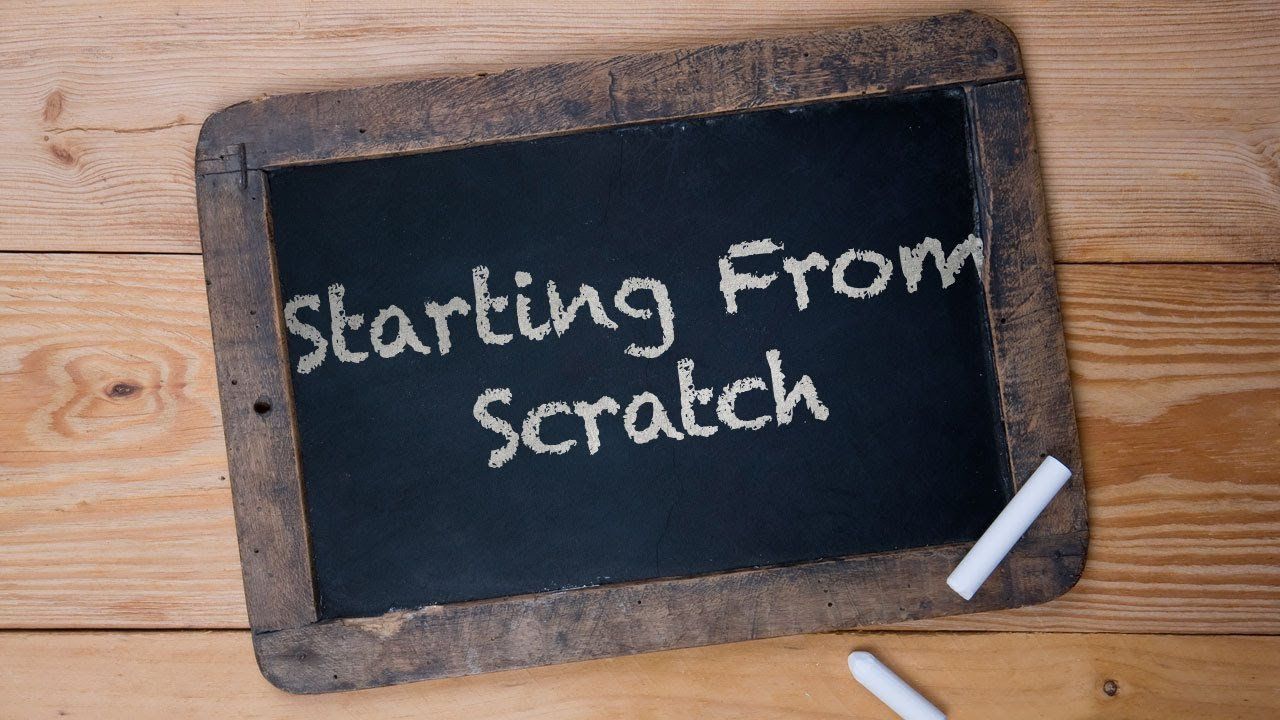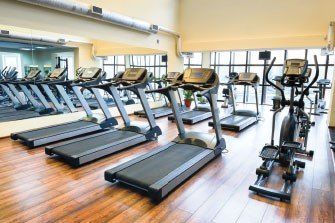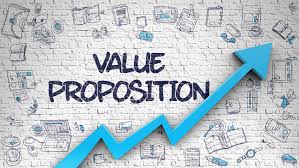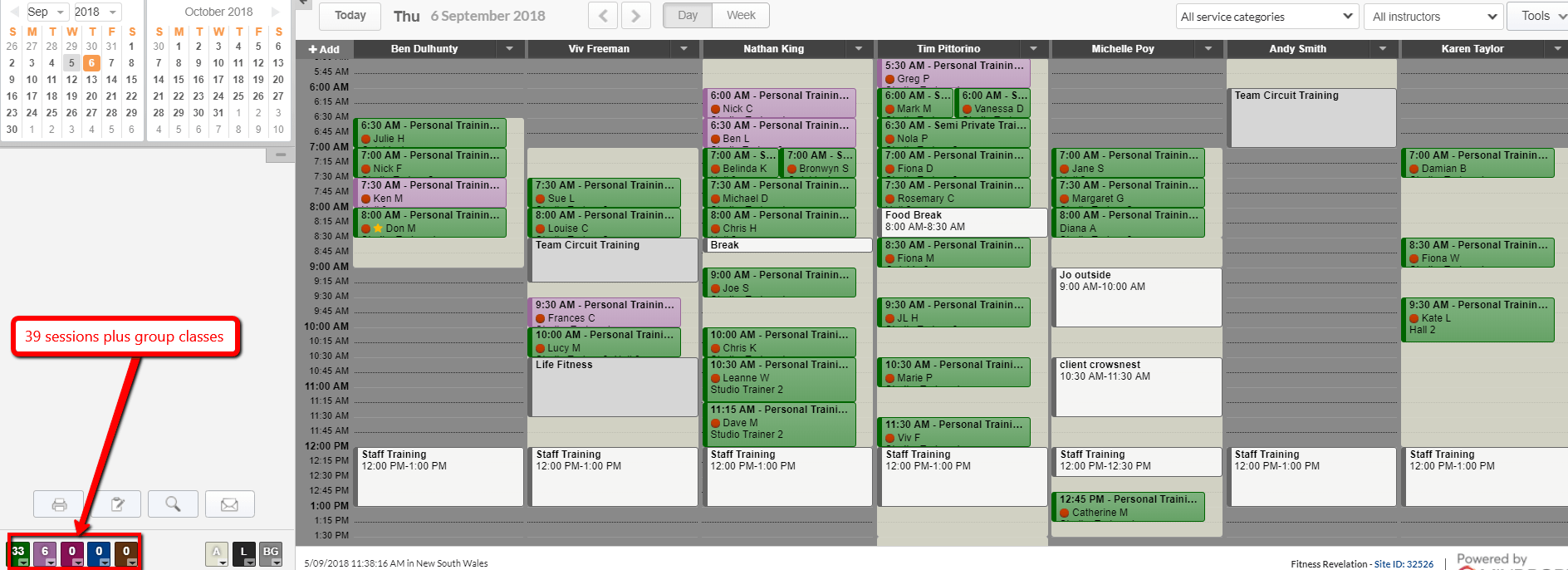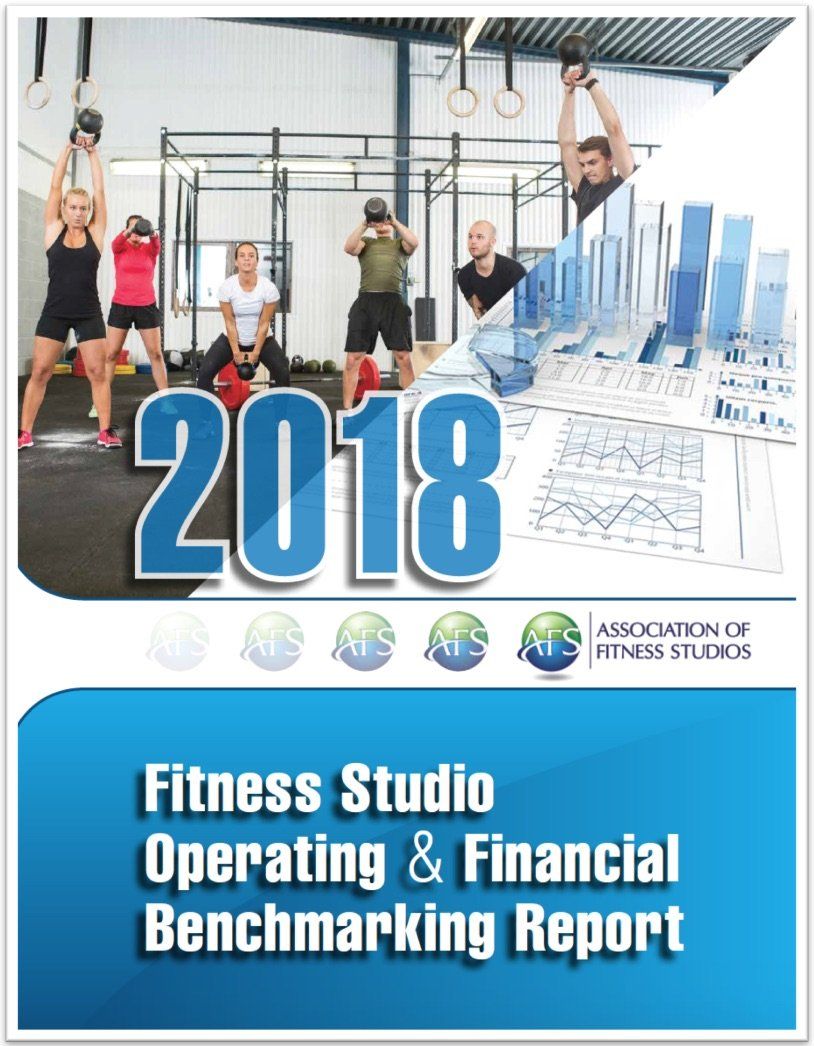Fitness Equipment: Leasing Vs Buying Upfront
Choosing the right finance option can help you fit out your new Studio with the equipment you want, and open the doors, sooner. The below article was sourced from the Fitness Australia website, in conjunction with Stratton Finance, who I use regularly through my own companies.
With around 3,000 facilities across Australia, the fitness industry is a competitive one to enter. Starting your own club or fitness studio can be costly, especially in the early stages. Like any new business, large outlays of cash are initially required to cover operating costs (wages, rent, suppliers), which can put pressure on your cash flow.
And then there’s your biggest and, arguably, most important initial investment: fitness equipment. Whether you’re offering a fleet of cardio machines, free weights or a Pilate’s setup, your costs can quickly skyrocket as you furnish your space. Having modern, high-quality equipment is key when competitors are touting 24-hour gyms, cut-price rates and even no contracts. Quality equipment can help you build clientele and play a role in retaining them.
So, if you’re considering starting up your own facility, how can you afford to turn the studio you dream of into a reality? It’s useful to know that there are various financing options available to take the stress out of acquiring new gym and fitness equipment, including finance lease, chattel mortgage and equipment rental. What, what and what? We’ll look more closely at these in a moment.
It’s also handy to be aware of the wide ranging nature of equipment that can be financed, including:
·cardio equipment such as indoor cycles, cross trainers, elliptical trainers and treadmills
·strength conditioning and free weights
·aquatic fitness equipment
·boxing and martial arts equipment
·floor mats and Swiss balls
·lockers and storage
·gym and retention management software
·vibration technology
·club cafe fit-outs
·POS and cash registers
·IT and telephony (including VoIP)
·reception desk, tables and chairs.
Loan amounts typically range from $5,000 to $250,000, with terms of between one and five years. So, let’s take a closer look at those financing options.
EQUIPMENT RENTAL
This is an agreement between you and a financier in which the financier buys the equipment on your behalf and rents it back to you over a fixed period.
Benefits
·Flexible contract terms (ranging from 12-60 months)
·Fixed interest rates
·Fixed monthly rentals (so all costs are known in advance)
·More cost-effective than paying cash upfront – making it perfect for gym equipment that has a short but useful life
·You can claim the rental payments as a tax deduction*, making this one of the most tax-effective financing options available.
FINANCE LEASE
The financier purchases the equipment on your behalf, and you then pay them a fixed monthly lease rental for the term of the lease.
At the end of the lease, you have a number of options available:
1. Re-lease the equipment for a further period.
2. Trade the goods in on new equipment.
3. Return the equipment to the lessor, but any loss is indemnified by you.
4. Make an offer to purchase the goods, but any loss is indemnified by you.
Benefits
·Working capital can be preserved.
·Able to write off the net repayment. Business test applies (an ATO tax term).
·Fixed repayments due to fixed interest rate during contract term.
·Flexibility, as structured payment options may be available to coincide with cash flow.
·Equipment may be able to be maintained ‘off balance sheet’*
·Additional security usually not required.
·A residual on the lease can help lower monthly repayments, helping to free up cash flow.
Although GST is charged on the monthly payment and the residual value at the end of the lease, if the customer is registered for GST, they may be able to claim some or all of the GST from the lease rental and residual value as a credit on their next Business Activity Statement (BAS).*
CHATTEL MORTGAGE
Under a chattel mortgage, the financier advances funds to the customer to purchase business equipment, and the customer takes ownership of the equipment (chattel) at the time of purchase. The financier then takes a mortgage over the equipment as security for the loan.
Once the contract is completed, the mortgage is removed, giving the customer a clear title to the equipment.
Benefits
·This product should be considered if you are on cash accounting, as you may be able to claim the GST in your next BAS*.
·A deposit may be used to help reduce the size of the loan.
·GST will be charged on the purchase price of the equipment, but not the monthly rental fee or the final instalment.
·You may be able to claim the depreciation of the equipment as a tax deduction*.
RENT/BUY OPTION
You may also want to consider a rent/buy option, whereby you actually rent the equipment for the first 12 months. If the business is working and continuing to grow, you can then purchase the equipment by refinancing over a longer term, usually attracting better rates when you’re more established.
Benefits
·This gives you the safety net of walking away at the end of the 12 months should the business not work out.
·Rental payments are fully tax deductible.
·Ability to try before you buy.
·Renting is off ‘balance sheet’, meaning it doesn’t affect your capacity to borrow for future expansion.
Although the benefits and implications of each of these financing options vary, the one thing they have in common is that they all offer you the ability to start earning revenues straight away, rather than having to wait until you’ve saved up enough capital.
For more information about all of these financing options visit stratton.com.au/equipment-finance
Yours in Fitness Business Success,
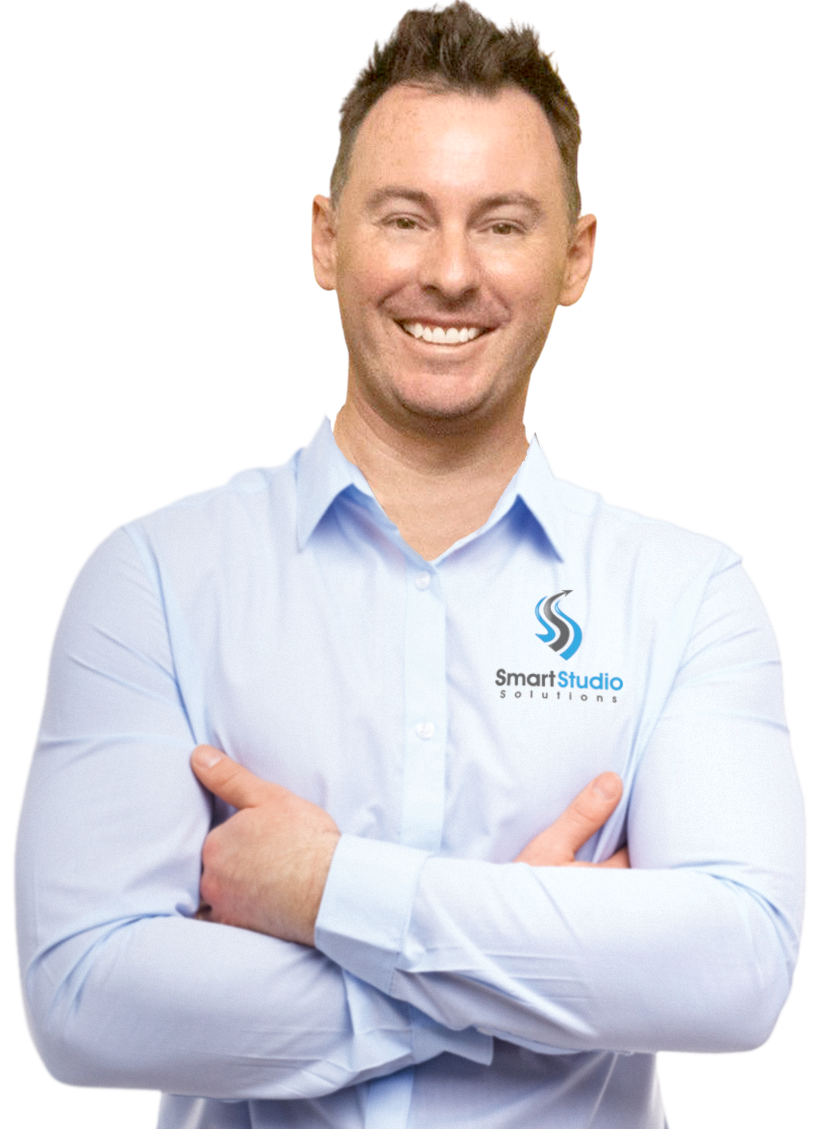
Ben Dulhunty

